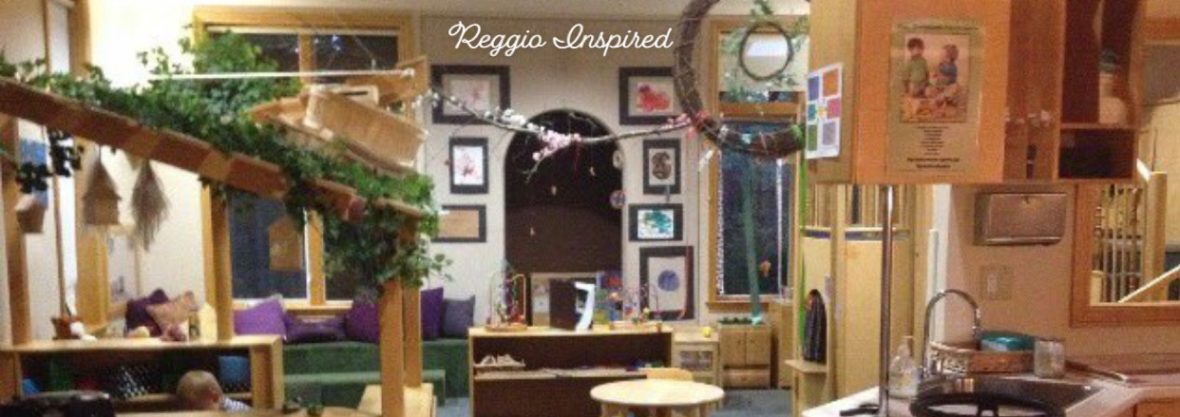Learning Stories are a good way to document the process of learning for one child or a small group of children.
Learning Stories describe a learning situation and the intended audience is the child, the parents, and the educators.
Learning Stories have several sections. The first part captures the situation and is written in narrative form in the first person. It includes one or more photographs and describes what is being done by the child or children including what initiated the learning. It may include a transcription of actual dialogue.
The next section has a paragraph explaining why the events are significant for the child or children entitled, “What it Means” or “What it Tells Me”. This section is written addressing the child.
The following section describes next steps for learning and can be entitled “Opportunities and Possibilities” or “Next Steps”.
The last page contains space for parent’s comments.
The title should capture the essence of the learning story and be positive in nature.
Below is our first attempt at writing a Learning Story. We found it a great way to convey the process of the learning to the parents. It does take time to create but it also allows for quality reflection and planning for next steps. We had fun putting it together. It may be a form of documentation that you would like to try to.
The Joy of Painting
We watched enthralled as Little Miss K painted. Two educators transfixed as a young girl interacted with her painting.
It started with two eyes. She repeated “Eyes, eyes” and “yellow, yellow, yellow” as she moved the brush around and around and around over the yellow circles.
Then she announced “Nose!” and around and around and around went the brush as she repeated “red, red, red’
The dialogue that she was having with her picture was intriguing and her energy was captivating. When she finished the mouth she leapt into the air spread eagle shouting, “ Red and yellow make orange!!”
“Hair!” was announced. Little Miss K was totally absorbed in her work. We were totally absorbed in her work.
The hair became long locks as she swept over and over the picture with an intensity that we thought might rip right through the paper. She was lost in the movement and in watching the lines on the canvas. She started repeating, “red, yellow, ORANGE!!” and then the hair became a “rainbow”.
The hair became long locks as she swept over and over the picture with an intensity that we thought might rip right through the paper. She was lost in the movement and in watching the lines on the canvas. She started repeating, “red, yellow, ORANGE!!” and then the hair became a “rainbow”.
Little Miss K stroked back and forth, back and forth over her canvas. “Orange!”
The brushes were abandoned in favour of a finger as not a spot was to be left unpainted.
“Red and yellow make ORANGE!”
“Ta da!!”
What It Means
Little Miss K we watched you today as you became both an artist and a scientist. You were so caught up in the act of painting that you were one with your work of art. You practiced over and over again the motions of a painter; the circular and the arcing movements. You admired the brush strokes that were left on your “canvas”. You experienced the joy that comes of creating.
You also felt the joy of discovery as the scientist in you noticed the change that happens when red and yellow are mixed together. Your words “ta da!” say it all.
Opportunities and Possibilities
Little Miss K is drawn to sensory experiences. She thoroughly enjoys sand, water, play dough and painting. She likes to practice a new skill over and over again. We will continue to offer her a variety of sensory experiences and since she has shown such an interest in the brush strokes left on the paper, we will put out different consistencies of paint to experiment with. We will also put out paint in different pairings of primary colours so that she can make new discoveries.
We also noticed that she is using a palmer grasp on the brush and we will encourage her to try a pincer grasp by providing her with different tools to use such as very short sticks or small pieces of sponges that will necessitate the use of a pincer grasp.
Parent’s Voice







